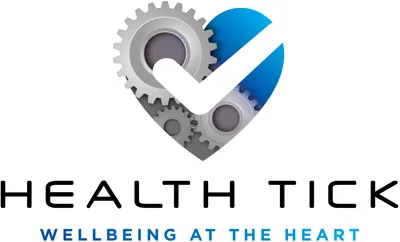By Glenn Dobson, CEO of The Drug Detection Agency
The recent media reports relating to the New Zealand court ruling following the tragic death of a worker at the Port of Auckland have underscored the critical role of leadership in workplace health and safety (H&S). Whilst not diving into the specifics of this particular case (where the former CEO has been found guilty of failing in his duty to exercise due diligence under the Health & Safety at Work Act – HSWA), the decision serves as a stark reminder: authorities and courts are taking a firm stance on H&S accountability. This should be a clarion call for boards and senior executives across New Zealand & Australia to make H&S a top priority, particularly when it comes to managing the risks associated with drugs and alcohol in the workplace.
The importance of leadership in workplace safety is further highlighted by a case in Melbourne, Australia in recent years. In this instance, a trucking company executive was sentenced to jail for failing to address health and safety protocols, actions that courts judged contributed to the tragic deaths of four police officers when they were struck by the company’s truck on the Eastern Freeway in 2020. This case reinforces the critical message that leadership inaction can have devastating consequences—not only in terms of human lives but also in significant legal repercussions. It is another stark example of the growing expectation for leaders to take meaningful and proactive steps to address risks.
Both cases reflect a broader trend—regulators expect company leaders to go beyond policies on paper. They demand real, measurable action to identify, mitigate, and monitor risks. In the Melbourne example mentioned above, drugs were a factor in the circumstances of the fatal accident, reminding us all that drug and alcohol risks, in particular, should be front and centre in every board report. These issues cannot be delegated or overlooked; they require active, ongoing leadership oversight.
Drugs and alcohol in the workplace remain among the most significant risks to health and safety. Managing the risk of impairment caused by substance use is essential not only for reducing incidents but also for fostering a culture of care and responsibility. Whether in high-risk industries like logistics or in corporate offices, the consequences of neglecting this issue can be devastating.
It’s also timely that as we approach the festive season, these risks are heightened. Social gatherings and end-of-year celebrations often increase the likelihood of substance use crossing over into the workplace. This is not about limiting the joy of the season but about ensuring everyone remains safe and supported.
A Roadmap to Managing the Risk
Leadership must take a proactive approach to managing drugs and alcohol in the workplace. This involves:
- Implementing a Robust Drug and Alcohol Policy: A clear, fair, and enforceable policy is the foundation of risk management.
- Training and Awareness: All employees, from senior leaders to frontline staff, must understand the D&A risks, the policy, its implications, and how to adhere to it.
- Engaging Independent Testing Providers: Partnering with accredited third-party providers ensures impartiality and compliance with industry best practices.
- Continuous Monitoring and Review: Regularly assessing your policy and its effectiveness is essential to adapt to changing risks.
At The Drug Detection Agency, we specialise in helping organisations implement and maintain these measures. Our expertise in independent drug and alcohol testing, combined with a commitment to fairness and compliance, allows businesses to navigate this complex area with confidence.
A Safe and Enjoyable End to 2024
As we close out the year, I urge every workplace to reflect on its H&S priorities. Let’s make the festive season not only a time of celebration but also a time of vigilance. Managing the risks associated with drugs and alcohol isn’t just about avoiding incidents—it’s about creating a culture of trust and accountability.
The courts have made it very clear that the responsibility for safety starts at the top—let’s lead the way.

